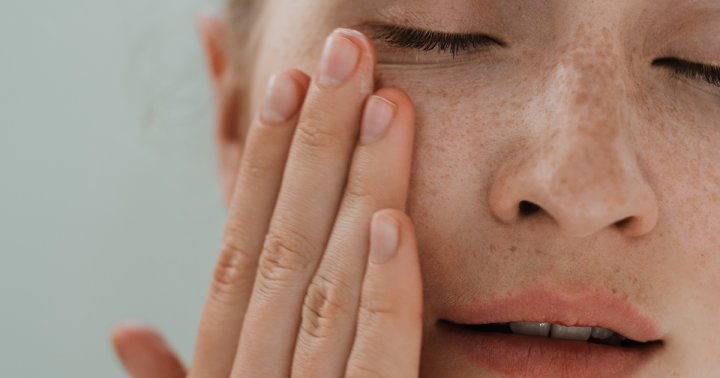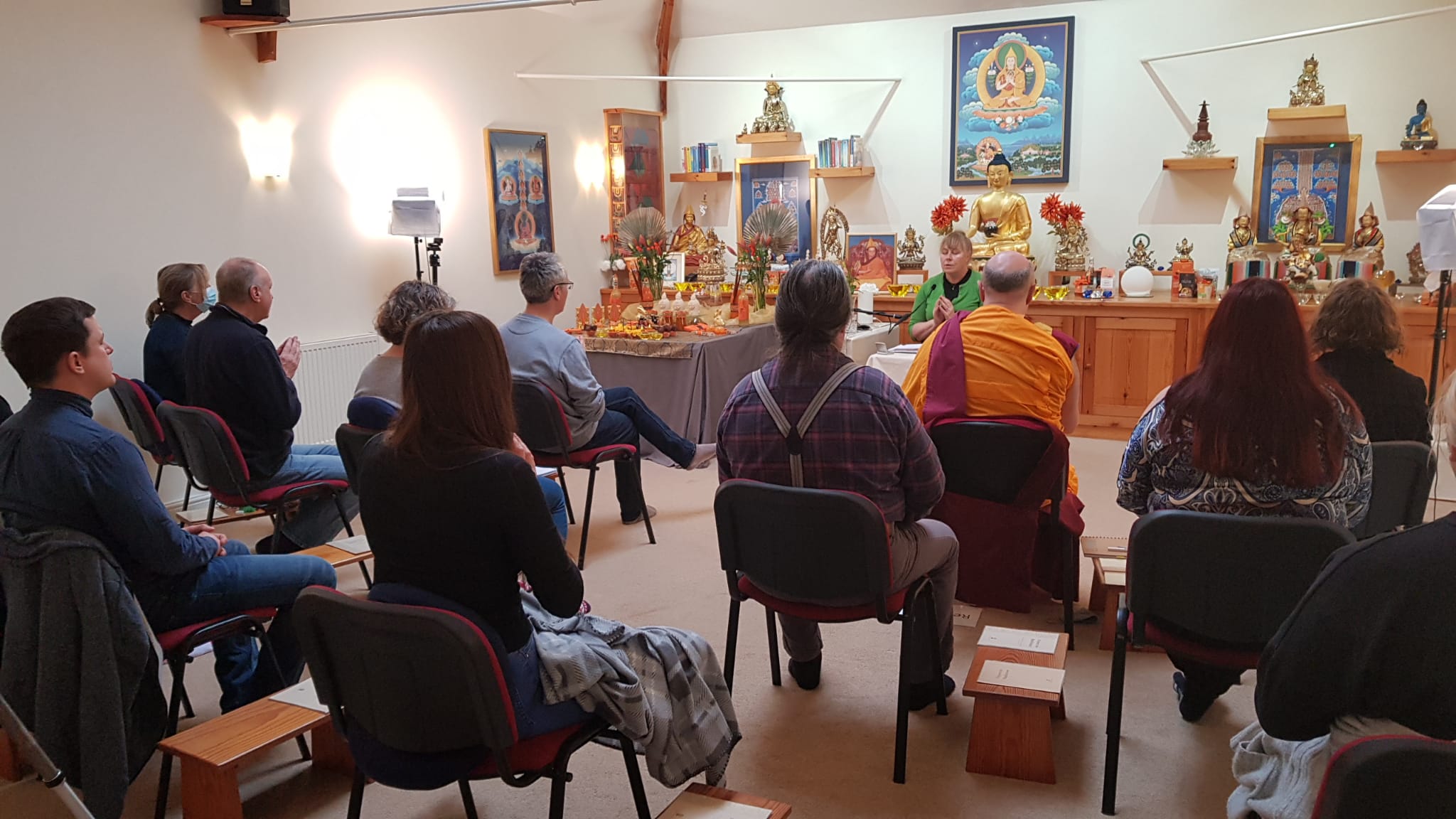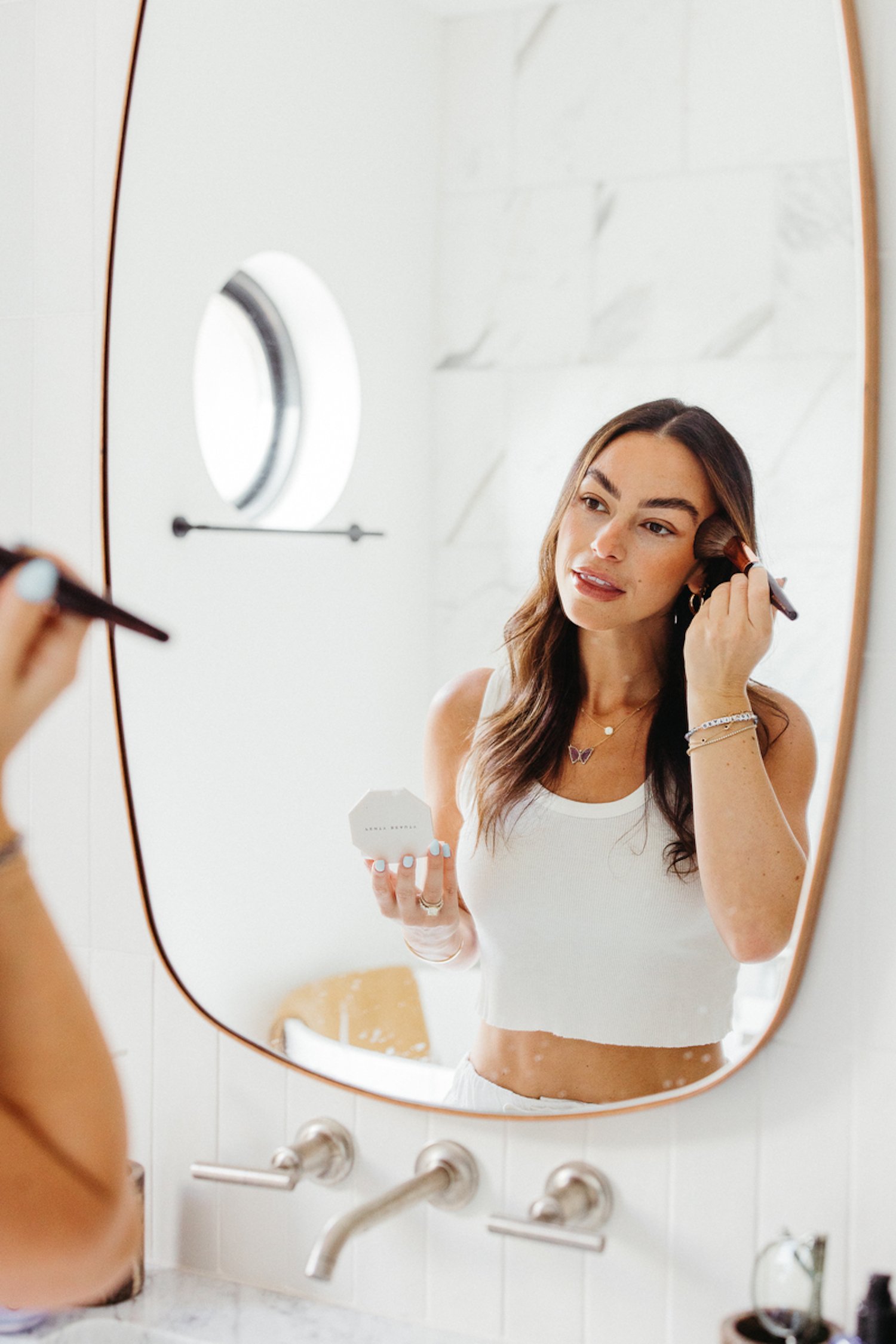Can You Reverse Age Spots? Look For These Under-The-Radar Ingredients
It’s completely possible to fade the appearance of age spots—even if at times that feels like an impossible task.


mbg Beauty Director
mbg Beauty Director
Alexandra Engler is the beauty director at mindbodygreen and host of the beauty podcast Clean Beauty School. Previously, she's held beauty roles at Harper's Bazaar, Marie Claire, SELF, and Cosmopolitan; her byline has appeared in Esquire, Sports Illustrated, and Allure.com.
Image by Liliya Rodnikova / Stocksy July 16, 2023 Our editors have independently chosen the products listed on this page. If you purchase something mentioned in this article, we may It’s completely possible to fade the appearance of age spots—even if at times that feels like an impossible task. Dark spots, especially stubborn ones, can take months or years to fade. And so many folks struggle with the endless cycle of using a dark spot corrector only to see a new crop of marks form elsewhere on the face. And this much is true: they’re a tricky concern to deal with. Dark spots are tricky because many of the things that are recommended for their treatment, can make their appearance worse if you’re not careful. For example, hydroquinone (the skin lightening ingredient that tends to be a go-to for the pros) can make your skin more sun-sensitive. Photosensitive skin is more likely to experience inflammation and develop sun spots. Not really ideal if you’re trying to even out the complexion, huh. 
Advertisement
This ad is displayed using third party content and we do not control its accessibility features.
And even the gold-standard “anti-aging” ingredients—like retinol, glycolic acid, and vitamin C— can be tough for many to tolerate. (I should clarify here that I love these ingredients, however, it is important to be honest about the fact that they come with side effects.) Here, some of the best (yet totally underrated in my opinion) ingredients to use if you’re looking to reverse the appearance of dark spots. 1. This brightening compound is found naturally in fruit extracts like cranberry. It’s nicknamed the “natural hydroquinone” as it has similar abilities to fade dark spots—and is in fact, a natural derivative of the ingredient. "Arbutin works to inhibit tyrosinase, an enzyme present in melanocytes, the pigment-producing cells in the skin," says board-certified dermatologist Tiffany Jow Libby, M.D. about the ingredient. "This results in less pigment, dark spots, and skin lightening." However, in the case of arbutin, the hydroquinone is slowly released in small doses, making the sensitivity side effects not of concern. Always worth noting: It has antioxidant and anti-inflammatory properties, too. Now you won’t find aloesin on the ingredient label, but it is a natural component in the juice of the very popular ingredient aloe vera. The compound works to block the overproduction of pigment, which is the root cause of dark spots. In one study, when aloe was applied to skin four times per day for two weeks, aloesin was shown to effectively fade post-acne hyperpigmentation1. Another report showed that when applied topically, it can directly inhibit hyperpigmented skin from producing more melanin. Not to mention aloe vera is chock full of other brightening properties. For example, the plant has anti-inflammatory and calming properties—which makes future formation of dark spots less likely. It also naturally contains a small amount of salicylic acid, which can help speed up skin cell turnover. This ad is displayed using third party content and we do not control its accessibility features. This ingredient is fairly common in dark spot correctors, even if it’s not as widely marketed as such. The ingredient comes from fermenting several types of fungi—in fact it’s a byproduct of this fermentation process. However, scientists have discovered that it has the ability to brighten skin and fade dark spots2. The acid is also a pigment-inhibitor. "It works its magic via the inhibition of tyrosinase, an enzyme that is essential in the UV-induced activation of pigment-producing cells in the skin," board-certified dermatologist Rebecca Marcus, M.D., told mbg. What makes it so special is that it’s not an all-over lightener—it only addresses the specific cells that are in overdrive. "It targets only that pigment that is being produced in excess, so it does not have the potential for a 'halo effect' or excessive whitening such as can be seen with hydroquinone," she says. Arbutin (or alpha arbutin)
Advertisement
The takeaway
As with treating any skin concern, patience is a paramount. But just after that is finding effective ingredients!
For dark spots specifically, many turn to the classics such as hydroquinone, retinol, and AHAs. And while they’re superstar ingredients, they aren’t for everyone on every occasion—and some come with notable cautions. But there are other ingredients that work by stopping the overproduction of pigmentation, thereby reversing the mark’s appearance.

 Tekef
Tekef -v1646695196476.jpg?1148x800)

































